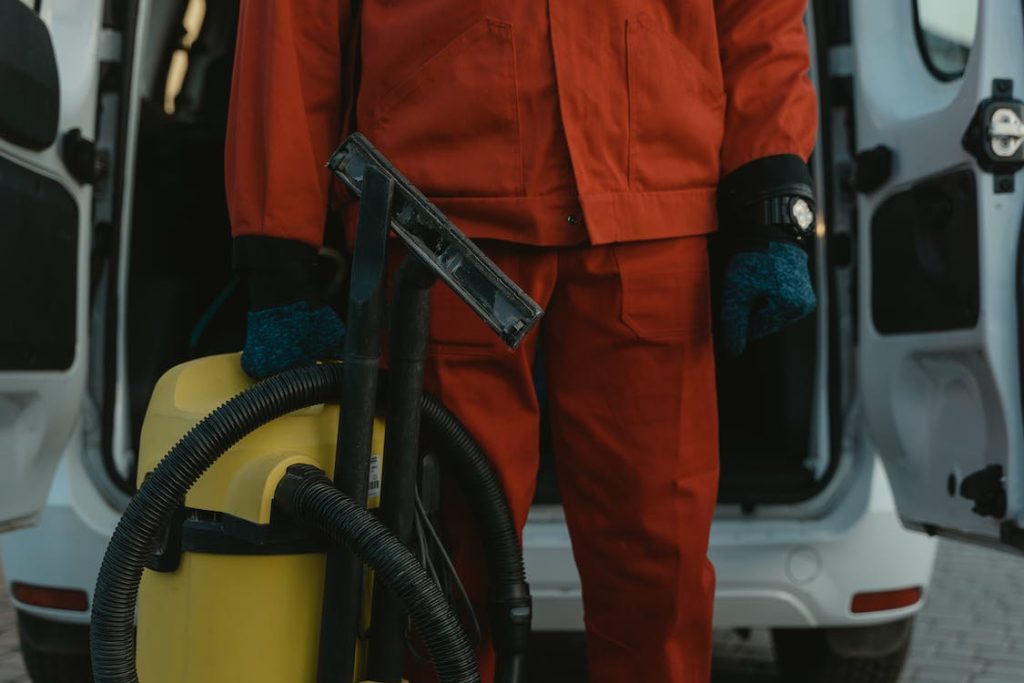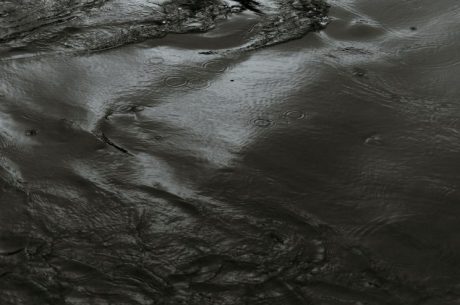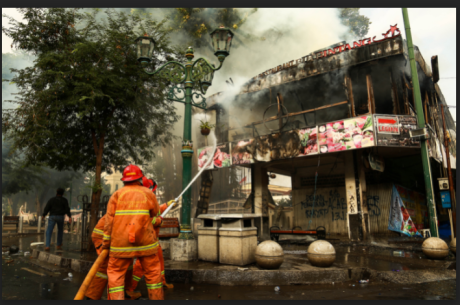Mold is a serious problem that can affect the health and safety of people living in affected properties. For this reason, it’s important to accurately identify the type and amount of mold present so appropriate remediation measures can be taken. Fortunately, there are reliable methods available for mold sampling and analyzing mold growth that can provide useful information on the extent of the contamination.
It’s essential to use proven protocols when performing environmental testing or monitoring. While many individuals may think they know how to collect a sample correctly, the improper technique could lead to inaccurate results or even worsen matters by spreading spores throughout the property.
This guide overviews some of the best techniques and tips for taking effective mold samples.
Identifying Mold Growth
Seeing the signs of a potential mold problem can be like looking for a needle in a haystack. It’s essential to know what you’re up against before sampling and testing, so it’s important to identify any existing or potential mold growth properly. Mold identification starts with understanding the tell-tale symptoms: water damage, musty odors, discolored walls or ceilings, and health issues (such as coughing, sneezing, and headaches). Once these indicators are noticed, an inspection should occur to determine if any active mold is present.
The type of inspection depends on the severity of the suspected contamination and its possible source(s). Further action is needed when an inspection reveals visible mold colonies or strong evidence that one might exist (e.g., high humidity levels). This could involve swabs from surfaces or air samples from affected areas for laboratory analysis.
It’s also useful to educate yourself about different types of molds that may have infiltrated your home – not just those visible on surfaces but airborne spores, too – as some species require more urgent attention than others due to their potentially hazardous nature.
Types Of Mold Sampling Methods
Mold sampling requires precision and accuracy to ensure the most accurate results. There are several techniques available for sampling, which can be used in combination or separately depending on the scope of work and specific needs of each project. Here are some commonly used sampling methods:
- Indoor Air Sampling: This type of sampling measures the levels of airborne spores present in a given area by taking air samples from multiple locations within an indoor space.
- Surface Sampling: This involves collecting spore samples directly from surfaces such as walls, floors, ceilings, furniture, etc., through swabbing or tape lifting.
- Bulk Sampling: Also known as “tape scraping,” this method typically involves physically removing pieces of materials that may contain visible signs of mold growth, such as wood framing or drywall.
- Swab Sampling: A sterile cotton swab collects sample material from visibly contaminated areas.
Each of these techniques has advantages and disadvantages; it’s important to select the right approach based on your requirements and conditions. Careful consideration must also be taken when selecting appropriate collection containers and media for the successful execution of any mold testing procedure. Finally, with all these variables involved, professional assistance should always be sought whenever possible to maximize safety considerations during the process.
Safety Considerations
Mold can present a health hazard because of the presence of airborne particles and toxins in the air that are dangerous to breathe without precautionary protection. Therefore, personal protective equipment (PPE) must be worn when conducting mold testing; this includes full-body clothing, gloves, masks, eye protection, and respiratory protection.
Making sure you have all appropriate PPE on while conducting your sampling is essential for preventing exposure to hazardous mold spores or particles. The Environmental Protection Agency (EPA) also recommends using proper ventilation techniques during sampling activities as another layer of safety against inhaling harmful substances. If possible, use an exhaust fan or open windows near where sampling activity is taking place to keep air circulating away from occupants’ breathing zones.
In addition to wearing personal protective equipment and following ventilation guidelines, ensure the sampled area has been adequately treated with fungicides before entering it if there is visible evidence of active mold growth. This will help ensure no additional contamination by inadvertently spreading live spores throughout the environment during sample collection activities.

Analyzing Results
When mold analysis is conducted, several sampling methods can be used to assess the air quality and potential health risks accurately. Air testing is a common method of analyzing airborne concentrations of mold spores or other particles. This type of sample involves collecting indoor and outdoor samples using specialized tools such as spore traps and samplers.
Sampling methods may also include tape lift tests, which use adhesive tapes to collect visible mold growth from surfaces. Additionally, bulk sample collection may be necessary when assessing large areas with visible signs of contamination. Finally, laboratory testing should always be performed on any collected samples to identify any microbial agents found within them accurately.
Regardless of the types of techniques utilized during sampling, all results should be thoroughly evaluated by qualified personnel before making recommendations about how best to address any identified issues or concerns. Analyzing results helps inform decisions about treatments, preventative measures, and safety protocols depending on the specific findings from each location or situation.
Conclusion
Sampling mold is a complex and important process for identifying potentially hazardous materials. It is necessary to use proper safety protocols and appropriate sampling methods to obtain reliable results.
This ultimate guide to mold sampling provides helpful tips and techniques for accurately identifying and sampling areas affected by dangerous molds. If you need a comprehensive professional mold detection and elimination service, simply contact us or email us.




 PuroClean of Ft. Lauderdale South
PuroClean of Ft. Lauderdale South